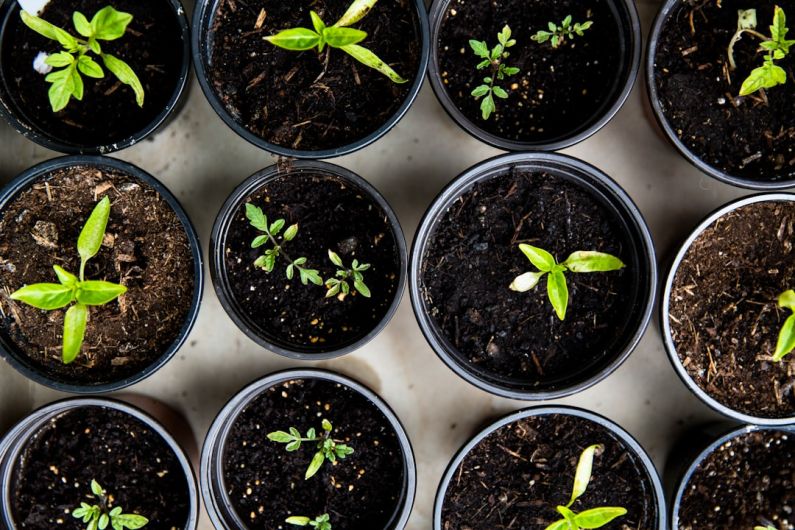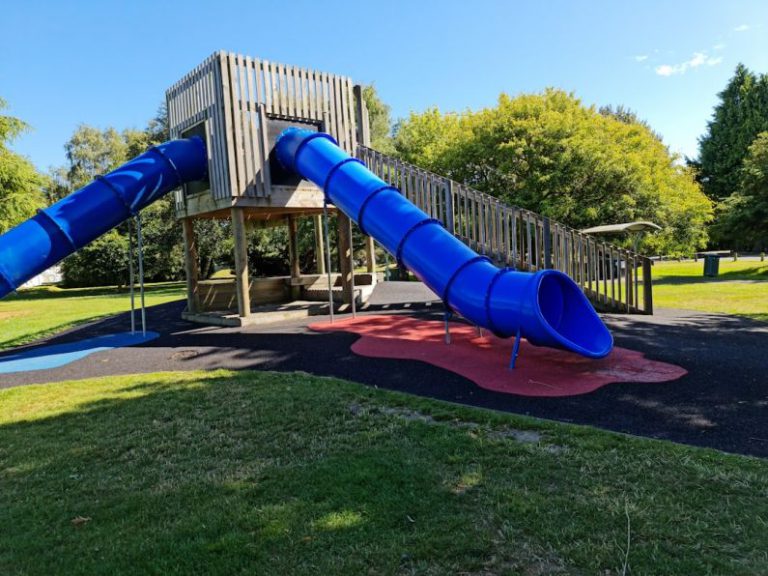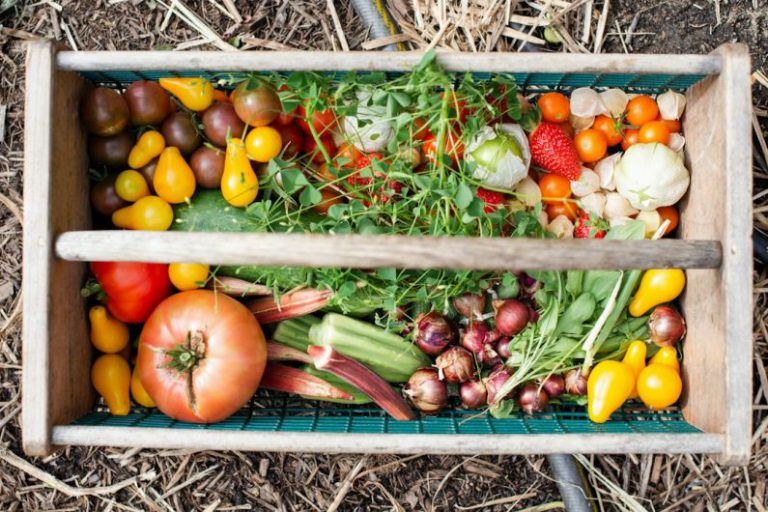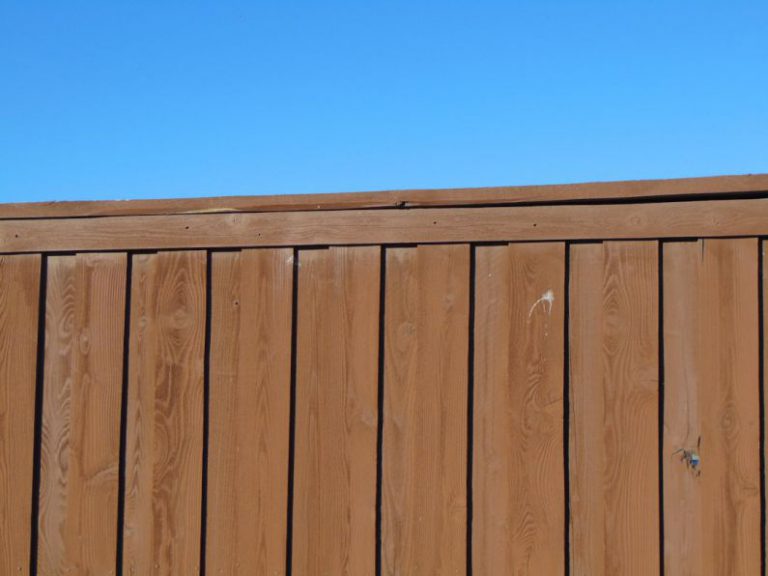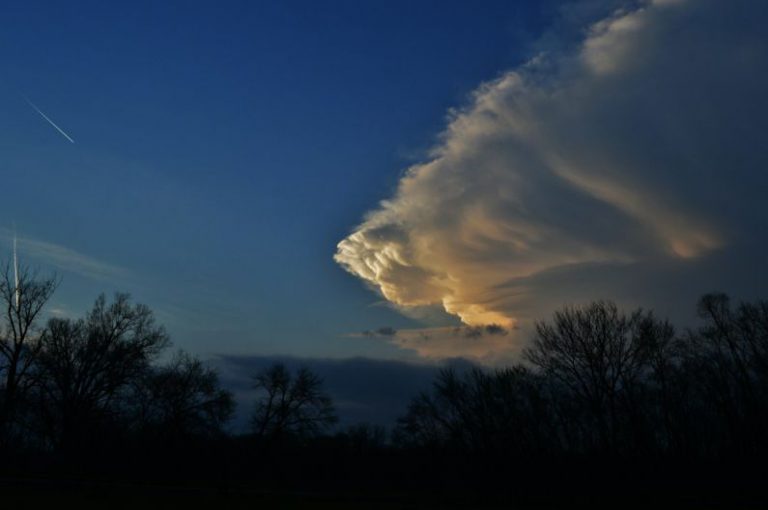How to Choose the Best Plants for Your Climate?
As a gardening enthusiast, one of the most important factors to consider when selecting plants for your garden is the climate. Every plant has specific temperature, humidity, and sunlight requirements, and choosing the right plants for your climate will ensure they thrive and flourish. In this article, we will discuss some useful tips on how to choose the best plants for your climate, so you can create a beautiful and successful garden.
Understanding Your Climate
Before you start selecting plants, it is essential to have a good understanding of your climate. Take note of the average temperatures, humidity levels, and the amount of sunlight your garden receives. You can easily find this information by checking your local weather station or consulting gardening resources specific to your region.
Consider Hardiness Zones
One of the most useful tools for selecting plants based on climate is the hardiness zone system. This system divides regions into different zones based on their average annual minimum temperatures. By knowing your hardiness zone, you can easily determine which plants are suitable for your area. Look for plant labels or consult gardening guides that indicate the recommended hardiness zones for each plant.
Choose Native Plants
Native plants are naturally adapted to the local climate and are, therefore, more likely to thrive in your garden. They have evolved over time to withstand the specific weather conditions of your region, making them an excellent choice for any garden. Native plants also provide important habitat and food sources for local wildlife. Research native plants that are suitable for your climate and incorporate them into your garden for a more sustainable and low-maintenance landscape.
Consider Microclimates
In addition to the overall climate of your region, it is important to consider microclimates within your garden. Microclimates are small areas with slightly different climate conditions compared to the surrounding areas. Factors such as shade from buildings or trees, wind exposure, and soil moisture can create microclimates that affect plant growth. Observe your garden throughout the day to identify areas with different sun exposure or soil moisture levels. This will help you to select plants that are suitable for each specific microclimate within your garden.
Evaluate Soil Conditions
Another crucial factor to consider when choosing plants for your climate is the soil conditions in your garden. Some plants prefer well-draining soil, while others thrive in moist or clay-like soil. Understanding the soil type in your garden will help you select plants that will grow best in those conditions. You can perform a soil test to determine the pH level and nutrient content of your soil. This information will guide you in selecting plants that are well-suited to your soil conditions.
Consider Watering Needs
Water availability is an important consideration when selecting plants for your climate. Some plants require more frequent watering, while others are more drought-tolerant. Evaluate the amount of rainfall in your region and the frequency with which you are willing to water your garden. Choose plants that have similar watering needs to ensure they receive the appropriate amount of moisture.
Seek Expert Advice
If you are unsure about which plants are best suited for your climate, seek advice from local gardening experts or nursery professionals. They have experience and knowledge specific to your region and can provide valuable insights and recommendations. Additionally, they can guide you on proper planting techniques and maintenance practices for your chosen plants.
In conclusion, choosing the best plants for your climate is essential for a successful and thriving garden. By understanding your climate, considering hardiness zones, selecting native plants, evaluating microclimates, assessing soil conditions, considering watering needs, and seeking expert advice, you can create a beautiful and sustainable garden that will bring you joy for years to come. Happy planting!
